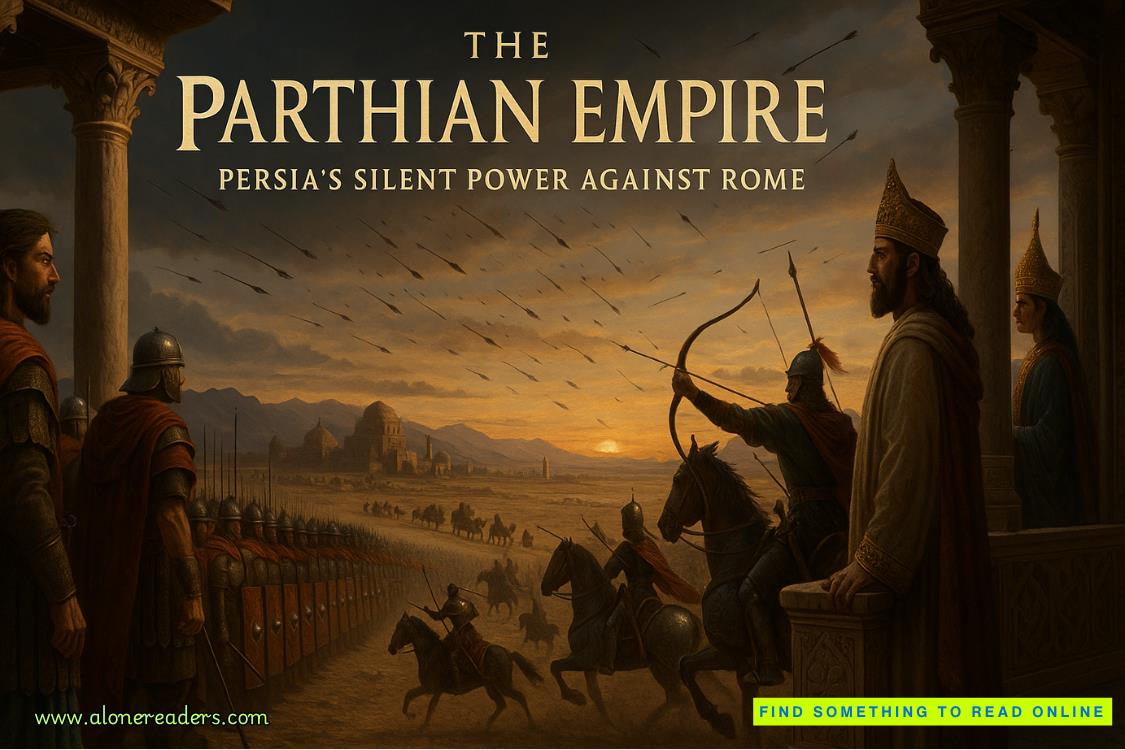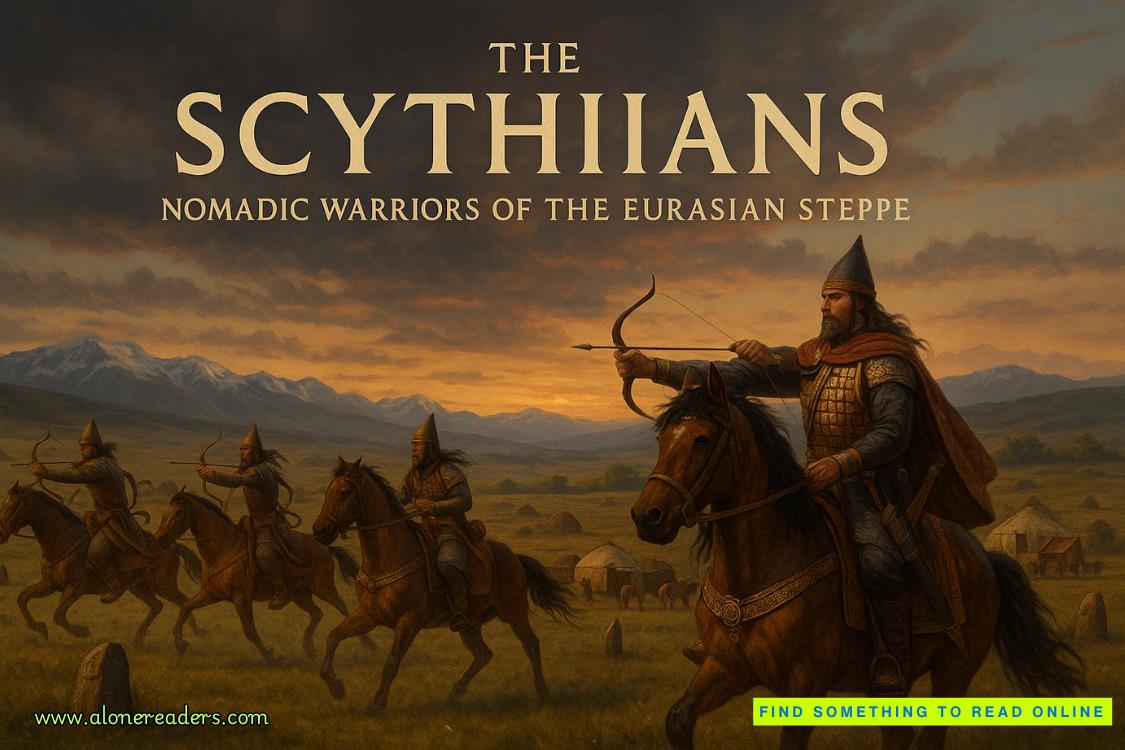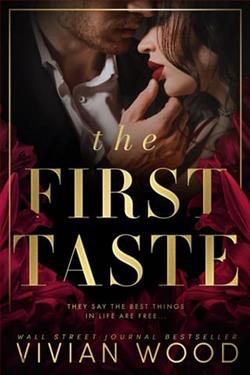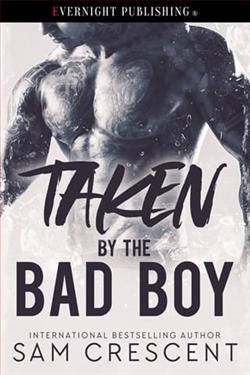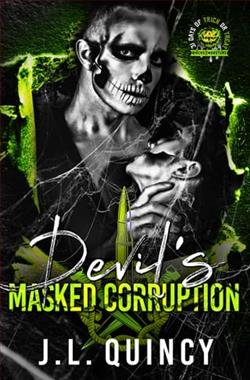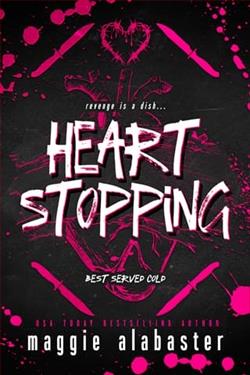Page 16 of U Is for Undertow (Kinsey Millhone 21)
On the other hand, why wouldn’t they be nice when they sailed through the world with all the advantages? Behind closed doors, they were probably subject to the same miseries as everyone else, parents whose alcoholism, financial scandals, divorces, and emotional shenanigans left them as vulnerable as the children of the middle class and the poor. Money couldn’t possibly protect them from all of life’s woes. On the other hand of my first other hand, whatever their problems, whether inherited or self-generated, their parents could at least afford the best doctors, the best lawyers, and the most exclusive rehabilitation facilities.
I beckoned to a passing student. “Excuse me. Can you tell me where I can find the library?”
She was a good-sized girl, built like an athlete with a sturdy set of bones. Her dark hair was straight and sleek, pulled into a complicated knot at the nape of her neck. When she smiled, her braces gleamed. “Sure. I’m headed in that direction anyway.”
“Thanks.”
We walked the length of the corridor and turned right. She left me in the hall outside the library while she continued to her next class.
The room I entered must have been the mansion’s original library. Shelves of books extended from floor to ceiling on all four walls with a movable platform ladder resting against a brass rail. The panes in the leaded-glass windows were marked by imperfections, lending a shimmering effect to all the outside views. Two groups of students sat in dark green leather chairs arranged around refectory tables. The students were quiet and there wasn’t much activity except for the turning of pages and the scribbling of pens.
The librarian was seated at a desk under one of the windows. The name plaque in front of her read LORI CAVALLERO, HEAD LIBRARIAN. She looked up at me expectantly. She set her pen aside, got up, and crossed the room, walking on the balls of her feet to minimize the sound. She appeared to be in her late forties, her dark hair a long, careless tumble around her face. Her mouth was bracketed with deep lines and a faint frowning V was sketched between her eyes. She wore a long brown knit dress over boots, her sleeves pushed up to her elbows.
“Are you Ms. Cavallero?”
She smiled. “Yes.”
“I’m Kinsey,” I said with a smile to match hers. “I was wondering if I might take a peek at the 1967 yearbook. I’m trying to track down an old friend.”
“Of course. We keep the yearbooks in the other room. You want to follow me?”
“Great,” I said. I couldn’t believe another closely held conviction was taking a hit. Now it turned out the faculty and staff were as nice as the kids. What was Sutton’s problem?
She moved to a door on our left and ushered me into the room. “This was Albert Climping’s study,” she said. She gave me a moment to appreciate the room and its furnishings. The study was smaller than the library and beautifully proportioned, with a spiral staircase taking up one corner. I counted twenty built-in file drawers, each labeled with old-fashioned cursive on white cards slipped into brass frames. I could see wide, shallow drawers that I imagined held maps or documents intended to be stored flat. A massive desk took up the center of the room, resting on an Oriental carpet in muted browns and blues. A big stone fireplace with an impressive carved mantel was centered in the wall across from the door. On the far wall there was a second carved wooden door, probably leading to the hall beyond. The remaining wall was paneled in mahogany. The oil portraits that hung in the open spaces between bookshelves were darkened with age and suggested successive generations of severe Christian gentlemen and their long-suffering mates.
“Wow,” I said, in all sincerity. From my perspective, the prime item of interest was the spiffy-looking copy machine I’d spotted just inside the door.
“The yearbooks are on the bottom shelf,” she said. “I’ll be in the other room if you need anything else.”
“Thanks.”
She moved into the larger room and closed the door.
And just like that, I was given access to the information I thought would require a mandate from the California State Senate. I dropped my shoulder bag near the copy machine and crossed to the shelves where the yearbooks were lined up. The 1967 edition was there and I toted it with me, riffling through pages while I activated the On button and waited for the machine to warm up. The first twenty-five-plus pages were devoted to the graduating seniors, half-page color head shots with a column beside each photograph, indicating countless awards, honors, offices, interests. The juniors occupied the next fifteen pages, smaller photographs in blocks of four.
I flipped over to the last few pages, where I found the lower school, which included kindergarten through fourth grade. There were three sections for each grade, fifteen students per section. The little girls wore soft red-and-gray plaid jumpers over white shirts. The boys wore dark pants and white shirts with red sweater vests. By the time these kids reached the upper school, the uniforms would be gone, but the wholesome look would remain.


